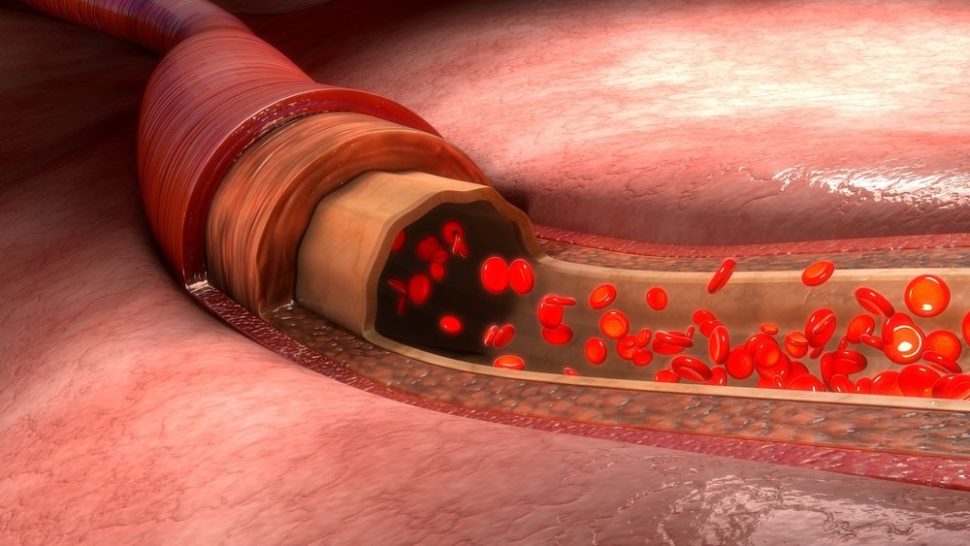Chinese researchers have created a nanogenerator that can harvest power from any flowing liquid, including blood in the veins.
Hydroelectricity exploits the potential energy of flowing water (think rivers, waterfalls, marine currents, etc.). Turbines recover part of the kinetic energy of the water stream and transform into mechanical energy, then into electrical energy (hydroelectricity) by an alternator.
Nano hydro generator harvests power from the bloodstream.Click To TweetBasically, a hydroelectric plant needs two elements: a flowing liquid, and power generators.
What if the system could be miniaturized with tiny generators that can fit into veins and arteries to harvest power from blood flow?
Blood-Power for Medical Implantable Devices
For implantable medical devices to work forever, or at least for a significant amount of time, the challenge of lasting energy must be overcome. To that end, there are two paths: powerful, yet tiny batteries or using/repurposing ambient energy.
It is the second solution that is explored by these Swiss researchers, who are toying with the idea of “blood-power”, as in hydropower, to power these devices.
In 2011, researchers from the Bern University of Applied Sciences developed a micro-turbine that could theoretically be implanted into arteries to generate power from blood flow.
The energy recovered could be used to power a pacemaker, blood pressure sensors, and micropumps to inject drugs and other systems that currently need to operate using built-in batteries.
However, there was a serious potential risk that offsets any advantage in creating such a system: arterial blockage (or formation of lethal blood clots) caused by turbulence.
Nano-Scale Hydro Generator to Covert Blood Flow Into Power
In order to achieve smaller-scale hydropower generation, scientists at Fudan University in Shanghai developed a generator based on carbon nanotube fibers.
This nearly one-dimensional, lightweight device can be implanted inside the vein and generate electricity from the bloodstream, just like a full-scale generator would from flowing water.
As described in a paper published in the journal Angewandte Chemie, the (FFNG) “fiber-shaped fluidic nanogenerator” is a polymer core coated in an array of carbon nanotubes.
The FFNG (not to be confused with FENG, another type of nanogenerators) generates power simply by being immersed into a flowing saline solution, which could be a thin tube or a blood vessel.
According to the research team, FFNG’ power conversion efficiency (23.3%) is superior to all other miniature energy harvesting devices.
Researchers said the nanofiber is lightweight, flexible, and stretchable and thus offers a scope of diverse applications to power implantable devices and wearables alike.



















What could possibly go wrong if we convert kinetic energy in the blood stream? Hmm.